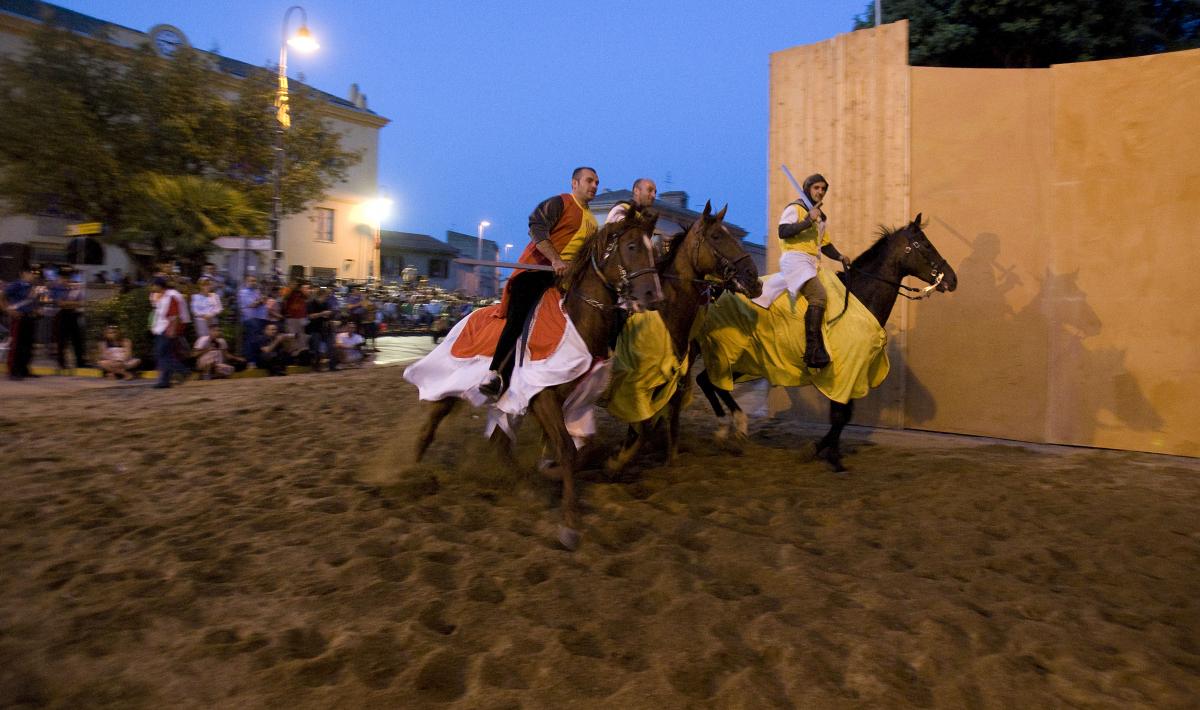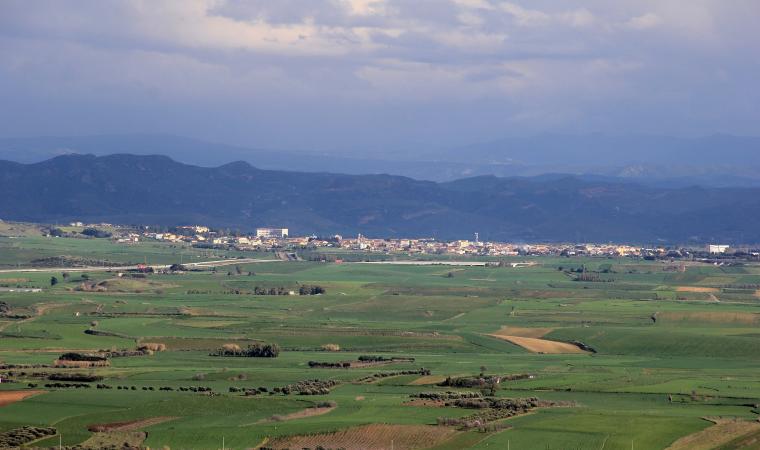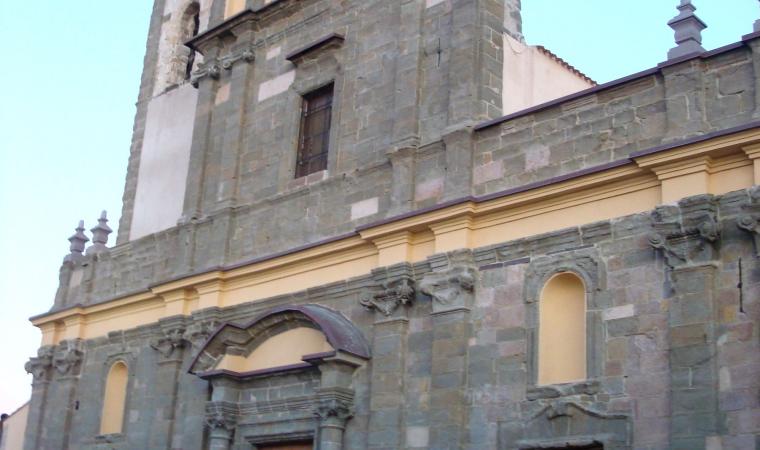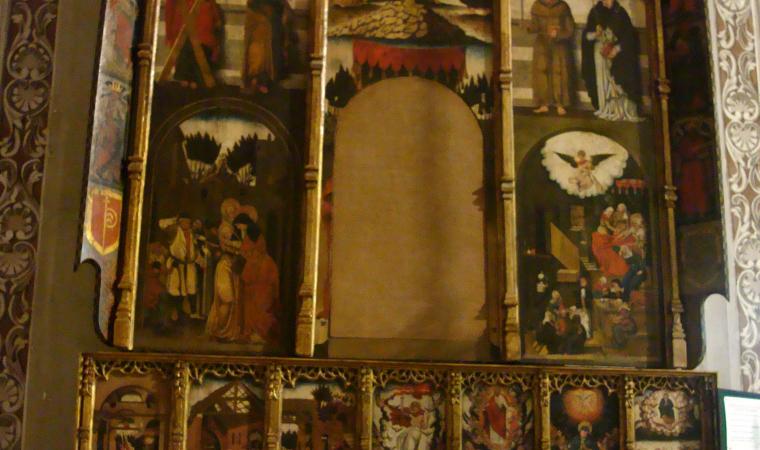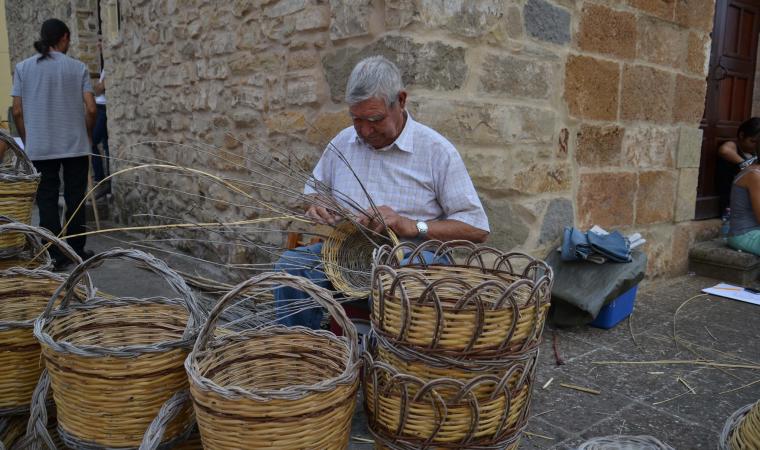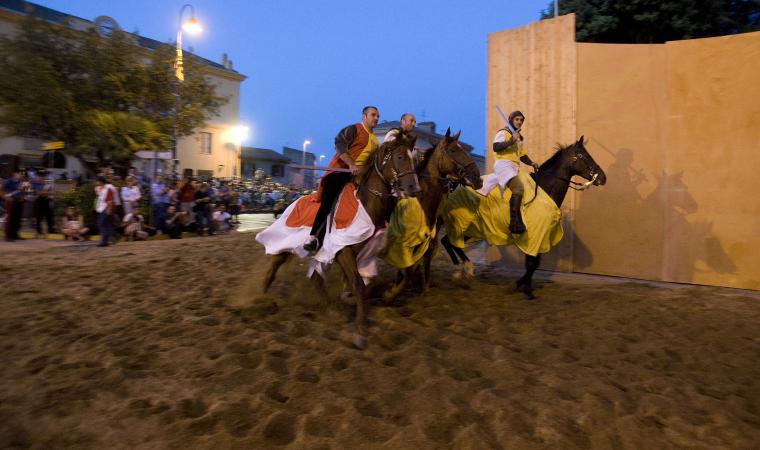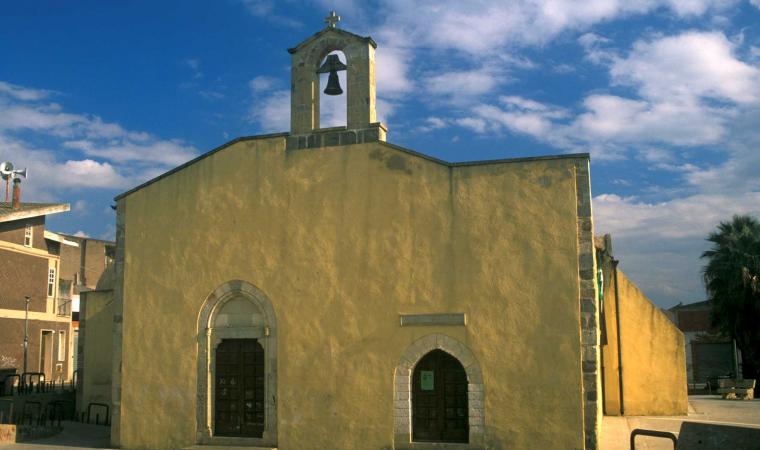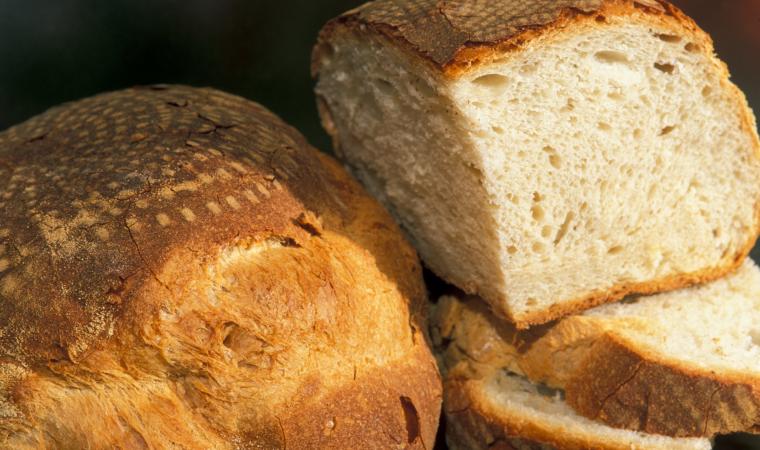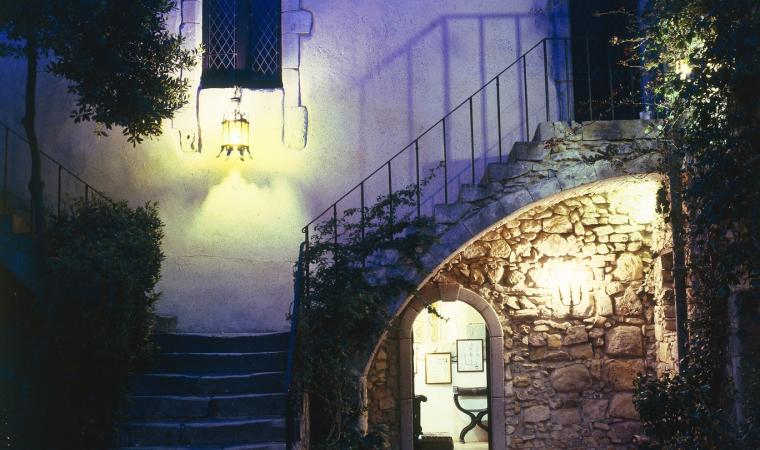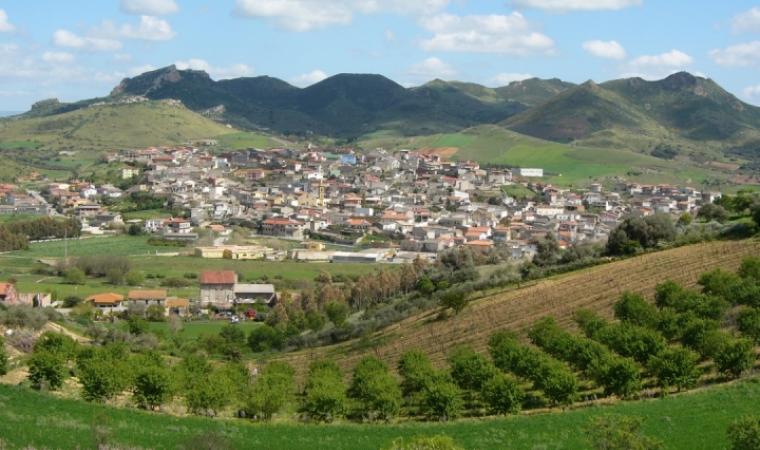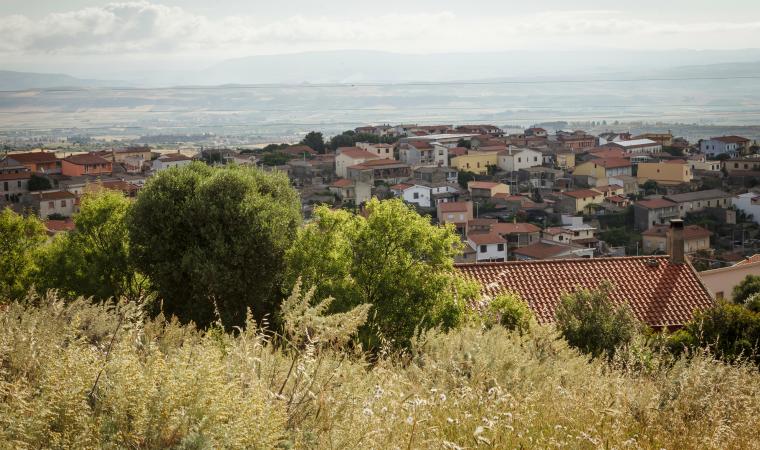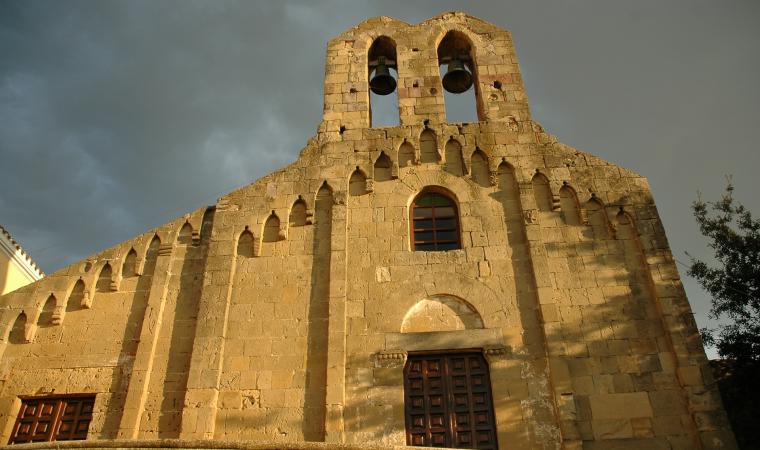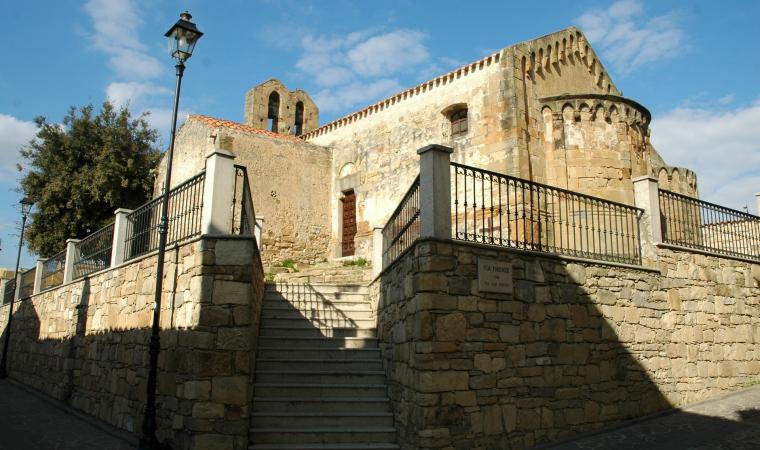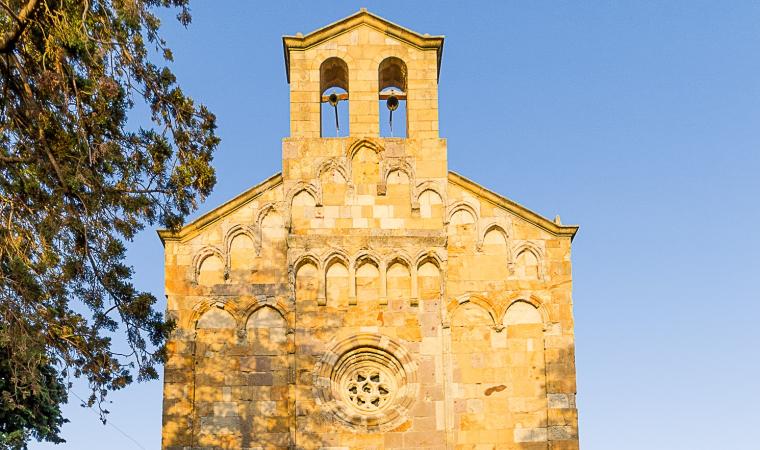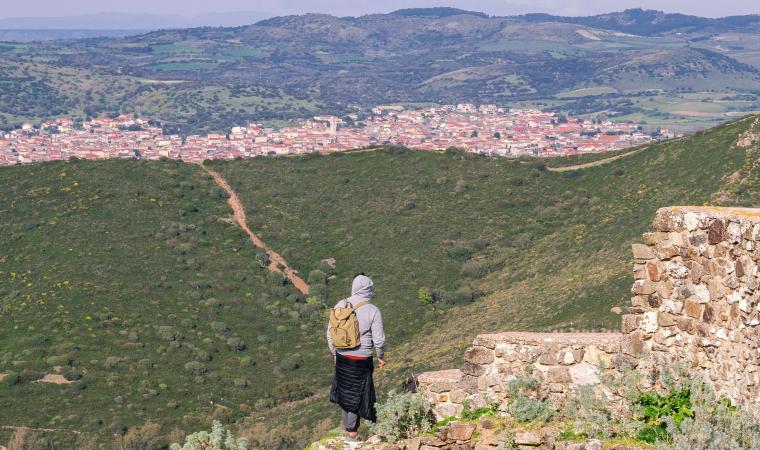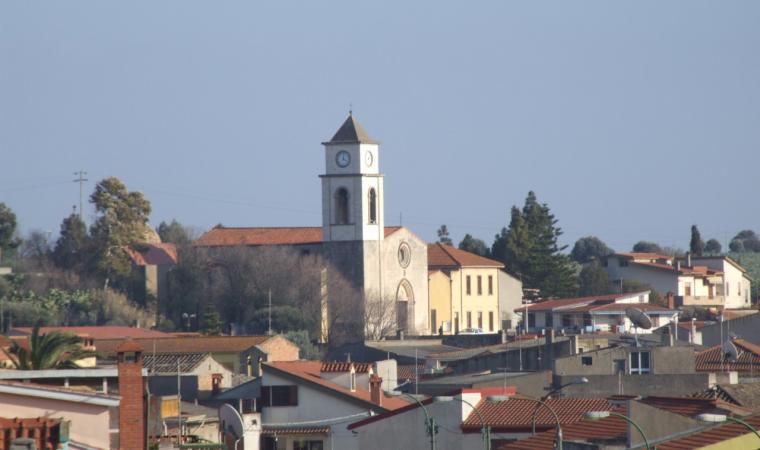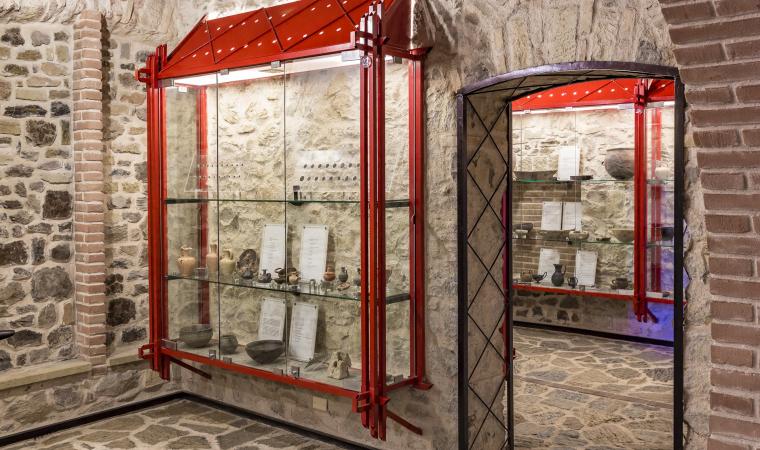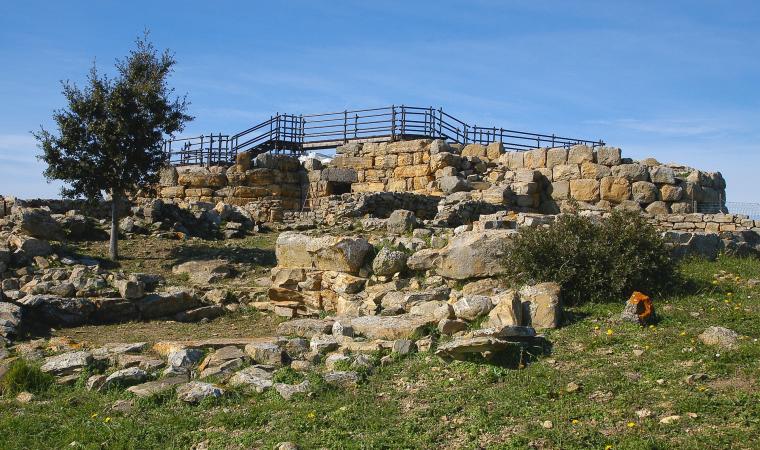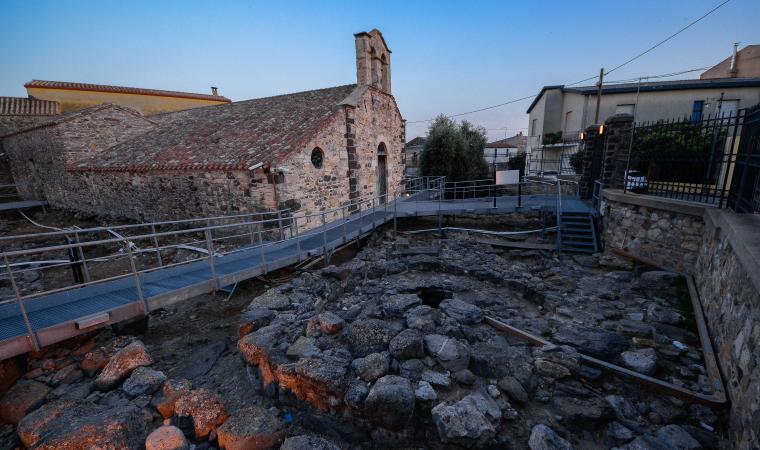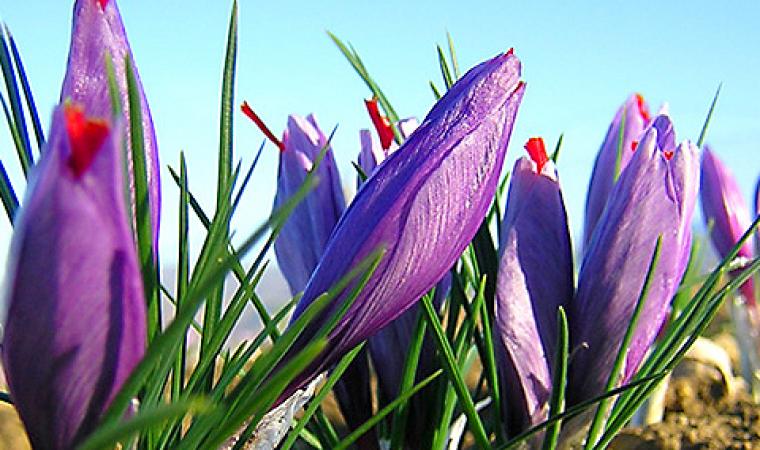Sanluri lies on the Medio Campidano plain, bathed by the Flumini Mannu, with an ancient castle nearby. This town has less than 9,000 inhabitants. Its historic centre is within the medieval walls, whilst the road system fans out beyond the fortifications. In ancient documents, it appears as Sellori, a reference to the richness in grains that has always characterised these lands, it being the shortened version of Logu De Su Lori (wheat territory). The current name is an alteration honouring the former patron saint, San Lorenzo. The ‘true’ history of the village began in the Middle Ages, thanks to the fertility of the territory and its strategic position. From the 1300s, it became a fortified town on the border between the Giudicati of Cagliari and of Arborea. The original village was built around the castle, the only one in Sardinia that is still habitable, being that of Eleonora d’Arborea, although it is uncertain if the ‘Giudicessa’ herself ever stayed there.
The structure, with four towers connected by massive walls, was built between the 12th and 14th centuries. Upon taking possession in 1409, Peter IV of Aragon had it fortified, just 27 days before it became the scene of a bloody and decisive battle between the Spanish Army and the Sardinian Giudicato. Every two years at the end of June, there is a historical re-enactment of the event. Subsequently in Sa Battalla, the Spaniards finally conquered the fortified residence, before then undertaking its expansion. Since 1920, after having passed to the hands of various feudal lords, it has been the property of the Villasanta. In 1927, General Nino Villasanta restored the fortress, where the Museo Duca d’Aosta was then established. Here, sensations of medieval and renaissance life can be experienced in the general’s studio, in the Gondi rooms, in the rooms dedicated to hunting rooms, in the Queen’s quarters, in the Napoleonic drawing room and in the living room militias. Two museum rooms preserve relics and documents from the world wars and East African Campaign, whilst a third room safeguards a collection of 400 wax works and a fourth is dedicated to the feudal district. In the Franciscan convent is the Museo Etnografico dei Cappuccini (Ethnographic Museum), also rich in points of interest. The iconic religious building is the parish church of Nostra Signora delle Grazie, built at the end of the 18th century atop a pre-existing church from the 14th century, once a cathedral. It houses the medieval altarpiece of Sant’Anna by the Maestro di Sanluri. Amongst the other places of worship are the medieval churches of San Pietro and San Rocco, the first parish church of San Lorenzo featuring a wooden ceiling with the heads of lions and dragons, and that of San Martino, the doors of which are opened for the festival held on 11th November. Then, at the end of September, there is the Festa del Borgo which reinvokes the historical atmosphere of the town. As for food and wine traditions, Sanluri is famous for its Civraxu, an exquisite bread made from durum wheat flour.

